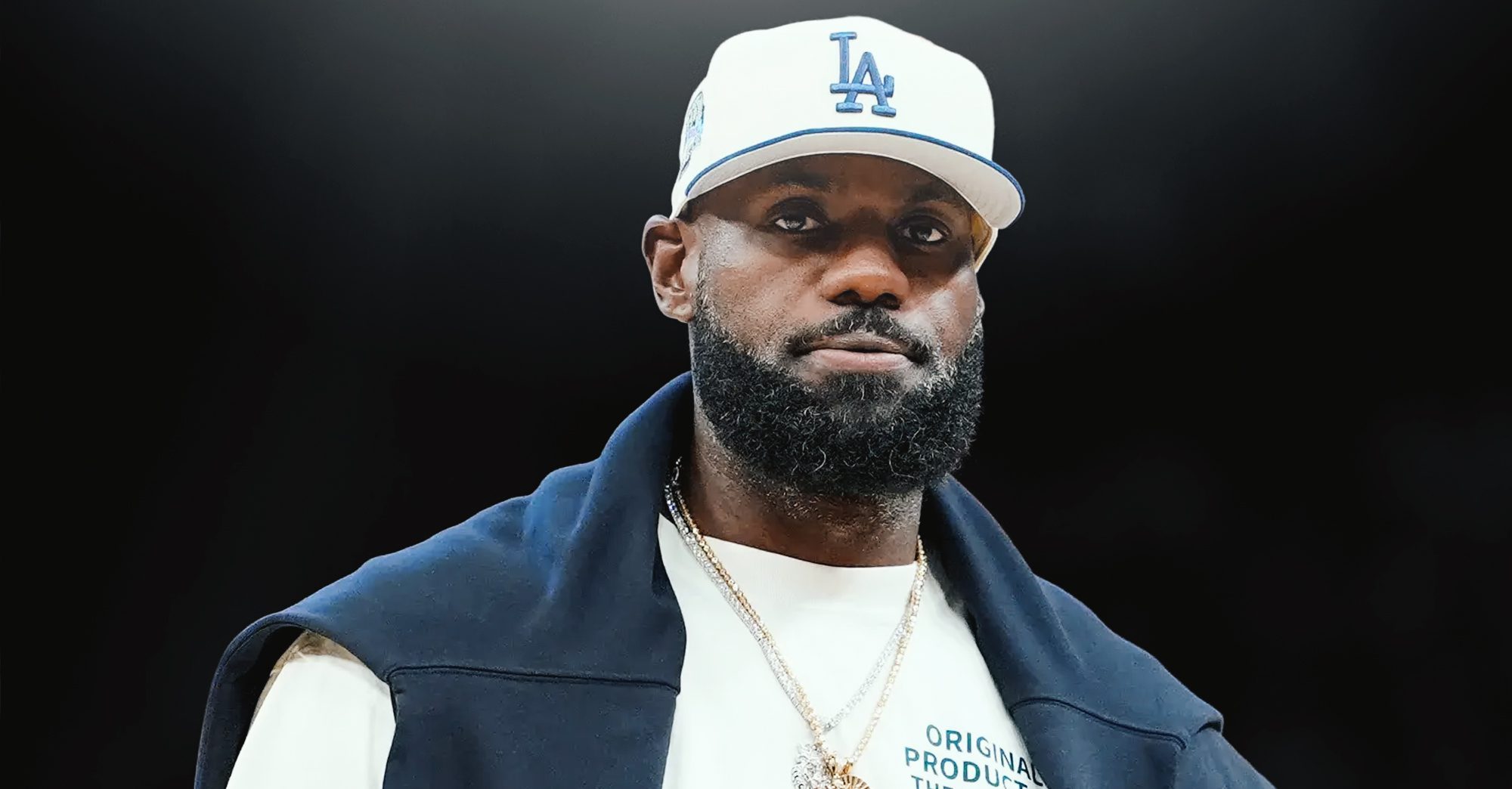Key Highlights The Boston Celtics and Dallas Mavericks faced off once this season following the trade deadline, when Boston won, 138-110 Dallas’ now-vaunted defense struggled to contain the Celtics, which hit 21 threes and posted a 136.6 offensive rating Despite the blowout loss, Luka Doncic was terrific with 37 points, 12 rebounds and 11 assists The Mavericks had yet to find their current starting five and opened that game with Josh Green and Dereck Lively starting over Derrick Jones Jr. and Daniel Gafford For both participants, these 2024 NBA Finals will serve as vastly different experiences than the preceding three rounds. For the Boston Celtics, they’re facing a fully healthy team that has rampaged through the league the past three months, going 35-11 over its prior 46 games with Luka Doncic in the lineup. Dallas has become a defensive machine and represents the stiffest foe Boston’s league-best offense has faced this postseason. The Celtics haven’t encountered a team the past six weeks with such offensive gusto flanked by range, size and connectivity defensively. Pair that with Doncic’s scheme-proof offensive artistry and the Mavericks’ inclusion here — dashing the hopes of title contender after title contender en route — isn’t hard to grasp. For the Mavericks, Boston is a juggernaut, touting a tidy 76-20 record through 96 games — winning 64 of 82 during the regular season to nab the NBA’s top record and 12 of 14 during the playoffs for a smooth cruise back to the Finals. The Celtics will sternly challenge Dallas’ revamped defense. It’s a unit predicated on funneling possessions to shaky shooters and offensive options squaring off with a unit predicated on excising those players from the rotation. The Mavericks call the bluff of five-out offenses and savvy spacing ploys. Boston, meanwhile, doesn’t bluff. The entirety of its eight-man rotation credibly spaces the floor and most of them can attack closeouts. The wheels of the offense have rarely stopped spinning this season. Dallas will have to solve that riddle, all while navigating a third-ranked defense on the other side. This is a matchup between the two defining teams of the season: Boston for its eight months of consistent dominance and Dallas for its four-month sprint of marvelous hoops discarding everyone — no matter how presumptively elite — to return to the Finals after a 13-year hiatus. Let’s dive into some storylines that might shape the series. Kristaps Porzingis Is A Familiar Face, But A New Challenge For Dallas Entering this showdown, there will be, understandably, parallels between Porzingis’ game and that of Chet Holmgren‘s, who Dallas saw back in the second round. Despite some lumps offensively, Holmgren was very good in that series. He averaged 15.8 points (59.1 percent true shooting), 6.2 rebounds and 2.3 blocks per game. While Jalen Williams struggled immensely, Holmgren largely held up his end of the bargain as a member of the prominent supporting cast behind Shai Gilgeous-Alexander. But a few of the holes in his game enabled the Mavericks to stash smaller defenders on him and stress a bit less about his outside shooting than most defenses the Oklahoma City Thunder saw this season. Holmgren is not an adept mismatch scorer yet. According to Synergy, during the regular season, he recorded just 36 post-up possessions and didn’t even eclipse 10 all playoffs (the minimum number for any points per possession leaderboard). When Dallas took its center off him, he wasn’t a viable option to punish undersized opponents. And although he’s a very good shooter, his slow, one-motion release eases the pressure of an immediate closeout. Because of those limitations, his presence didn’t amplify Oklahoma City’s offense to the same levels as the regular season and invited Dallas to have its centers roam off of highly flawed offensive players, mucking up the Thunder’s drive-and-kick game. Porzingis is a different flavor of stretch big. He produced 1.30 points per possession on 185 post-up possessions in the regular season (96th percentile) and made a living crushing switches/mismatches. As a spacer, he wields an elevated two-motion release. From the elbows, on the block or beyond the arc, he’ll fire over anyone. Once a shrewd tactic to disrupt his rhythm, crowding his airspace from below doesn’t usually hinder him anymore. In his lone game against the Mavericks this season, he scored 24 points on 76.1 percent true shooting and showcased this duality. [
[ad_2]



